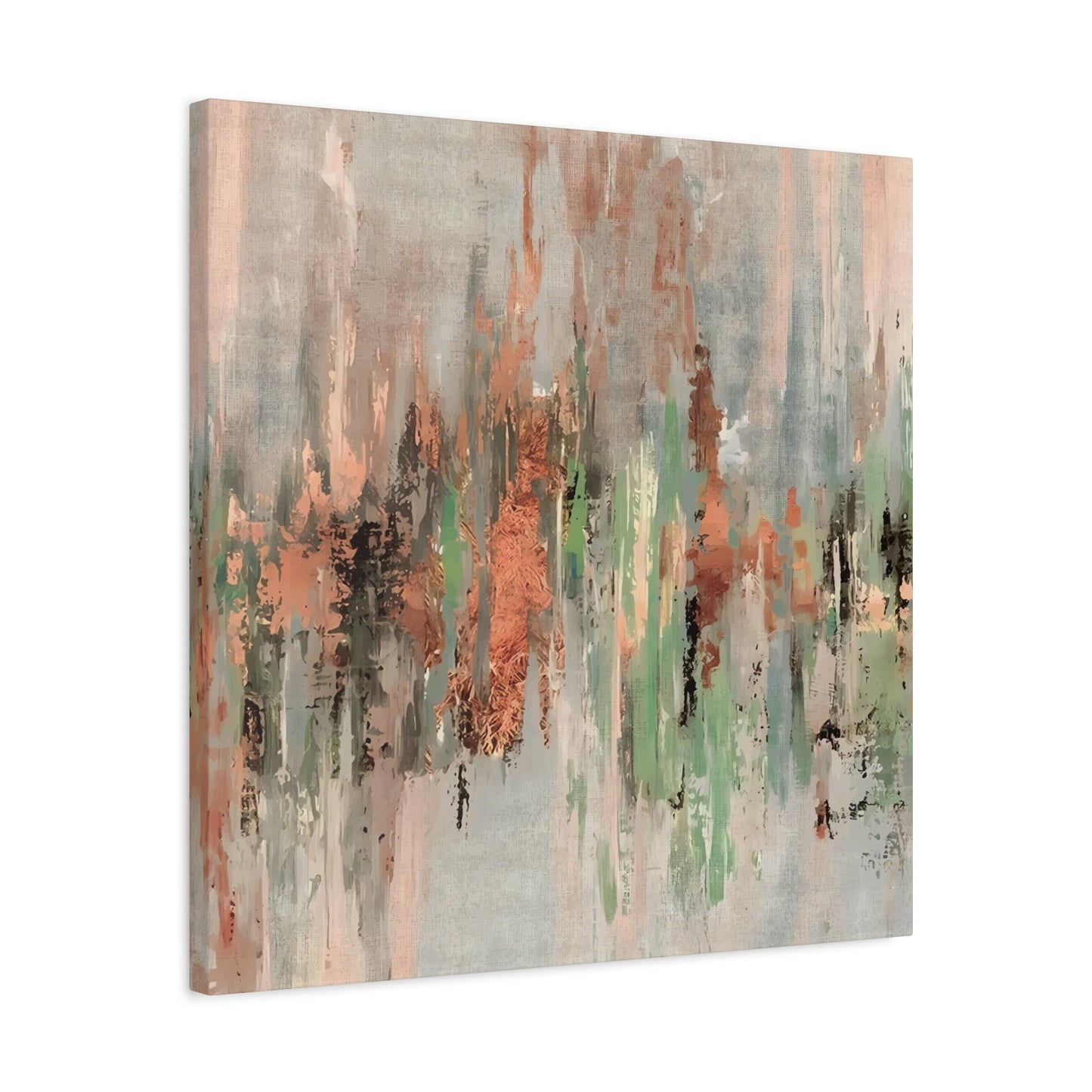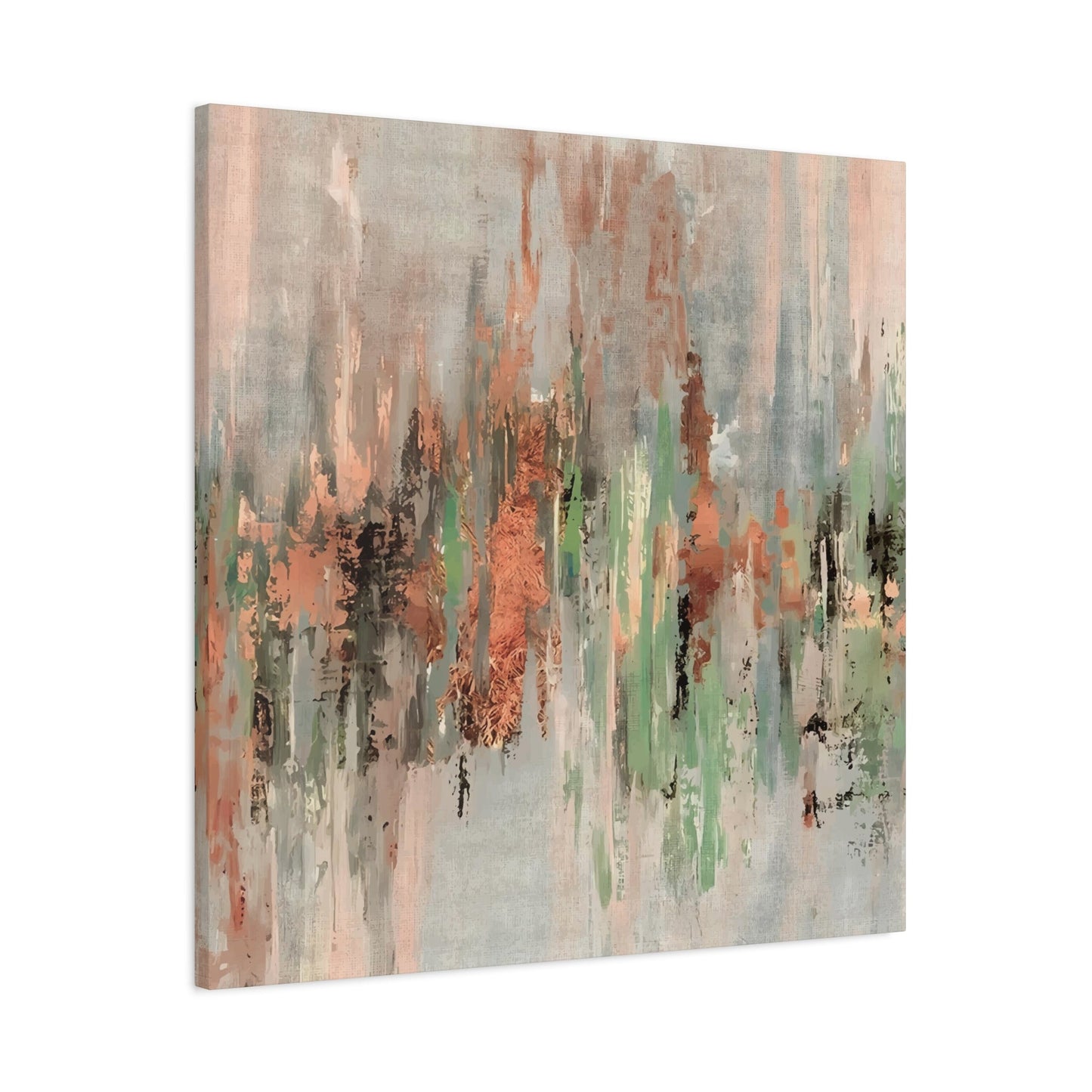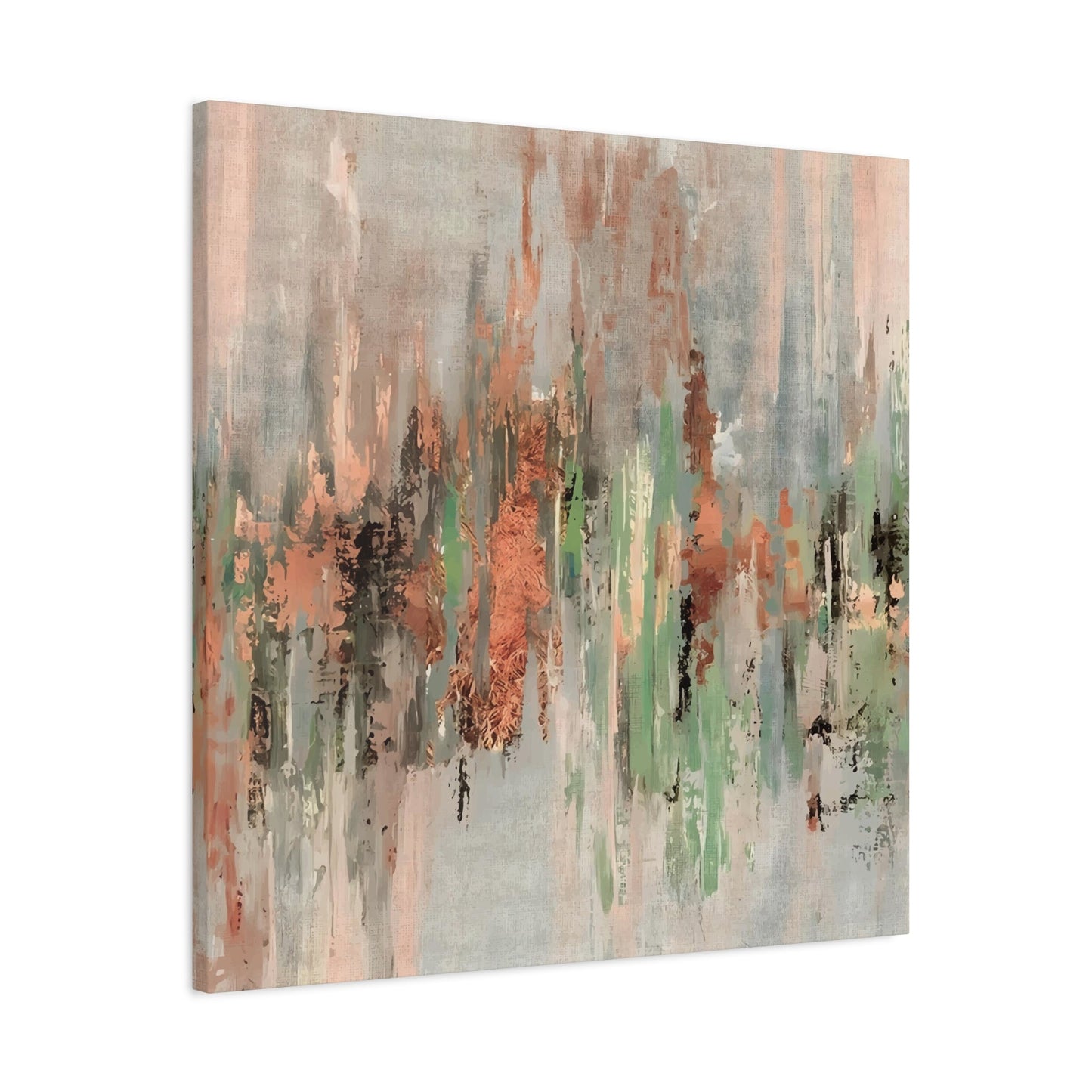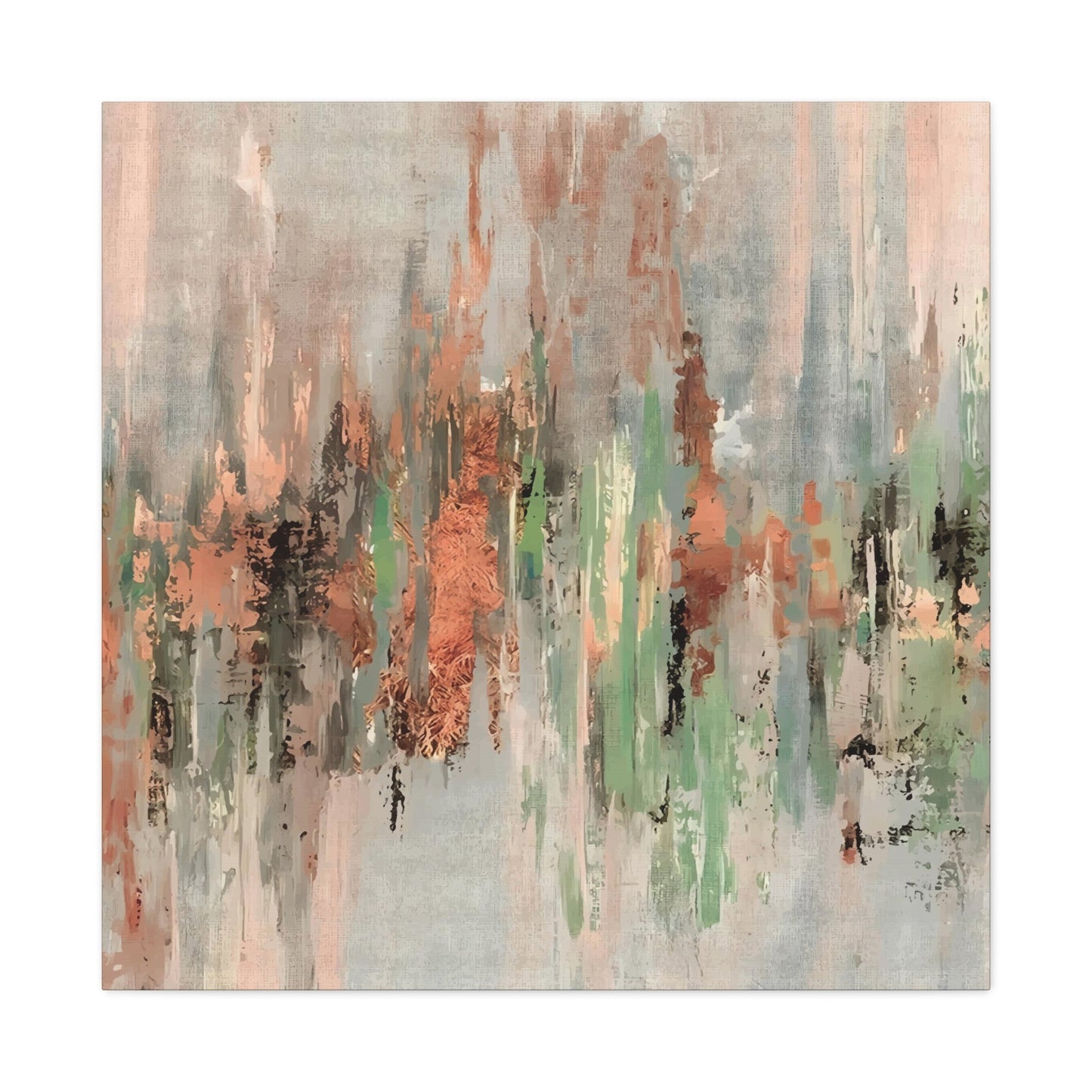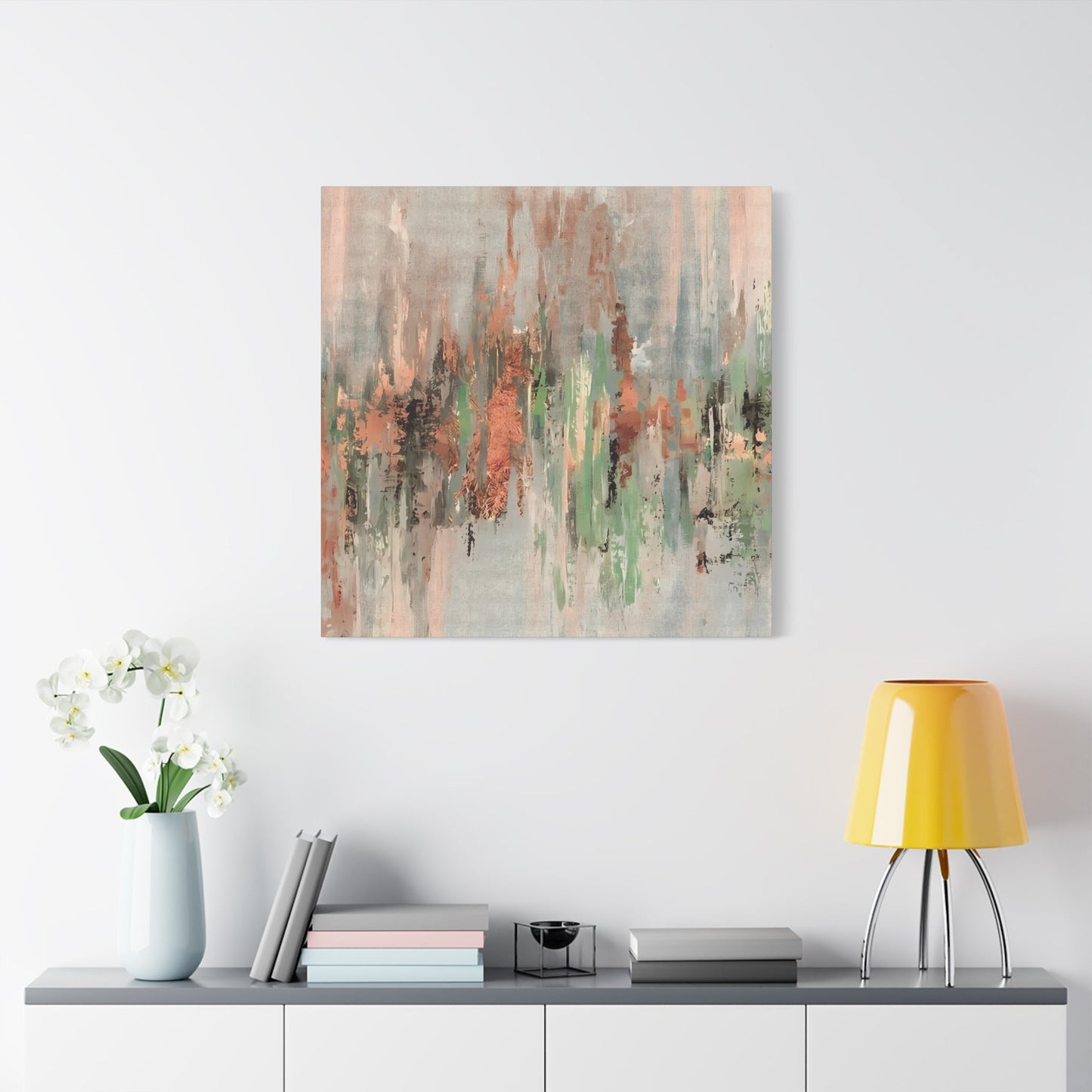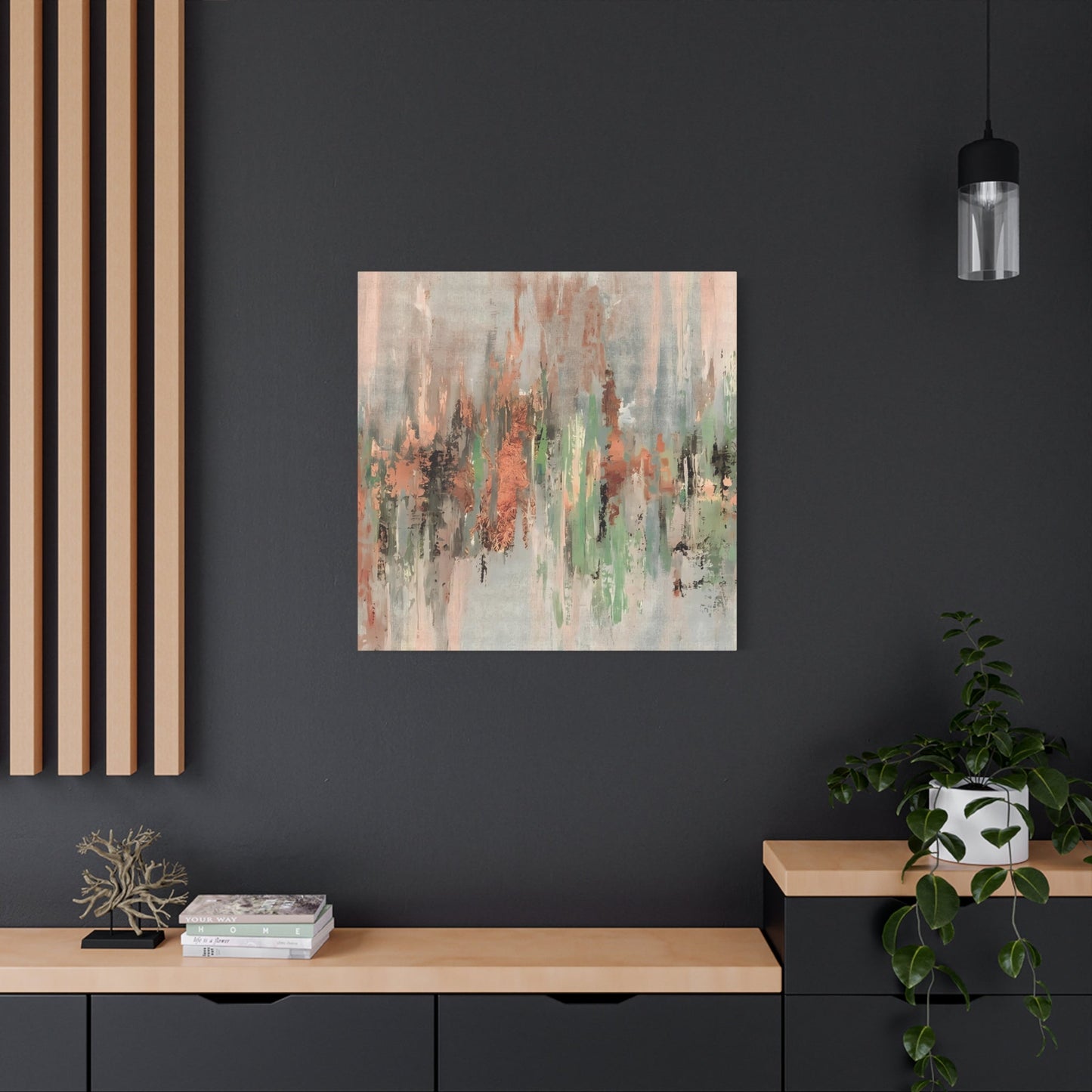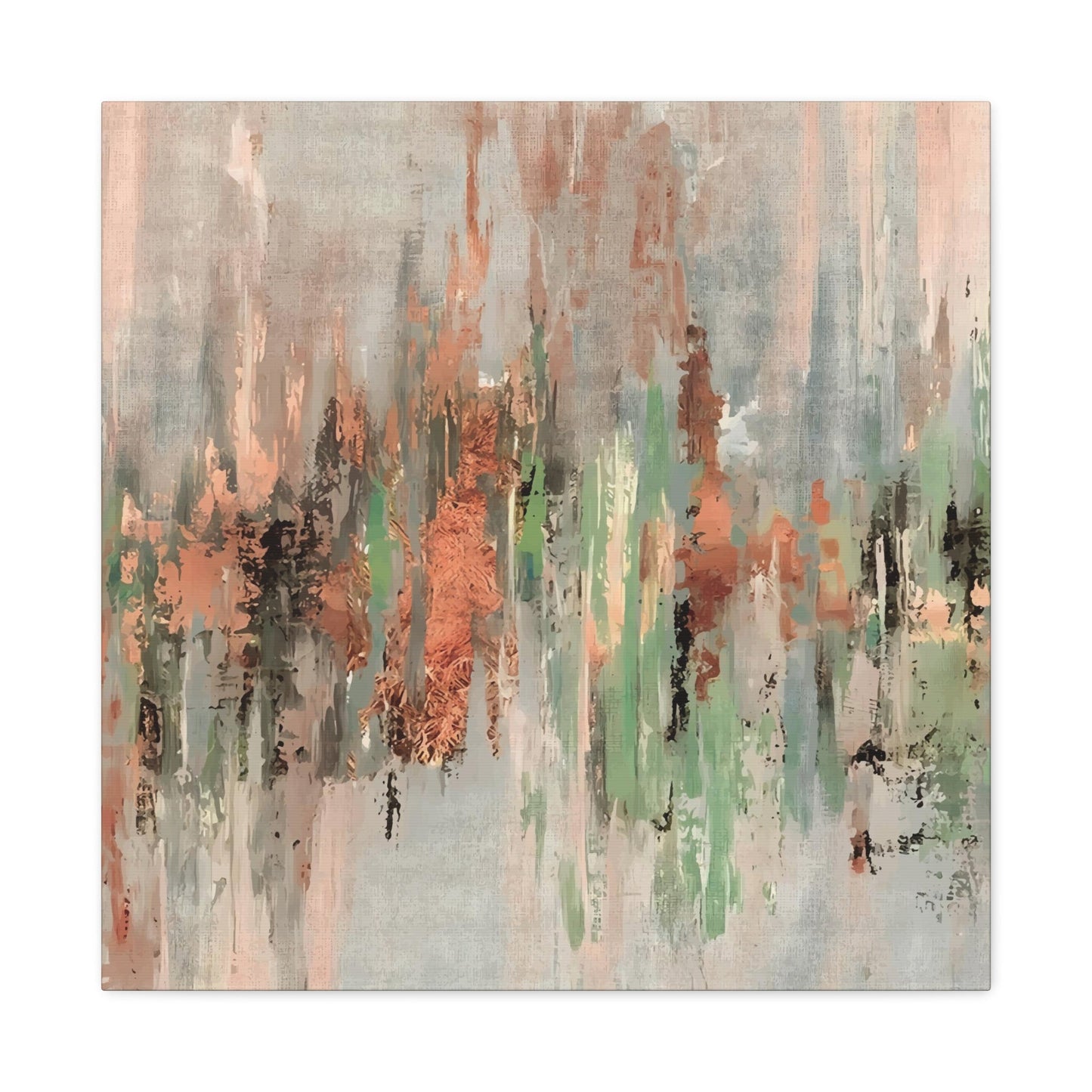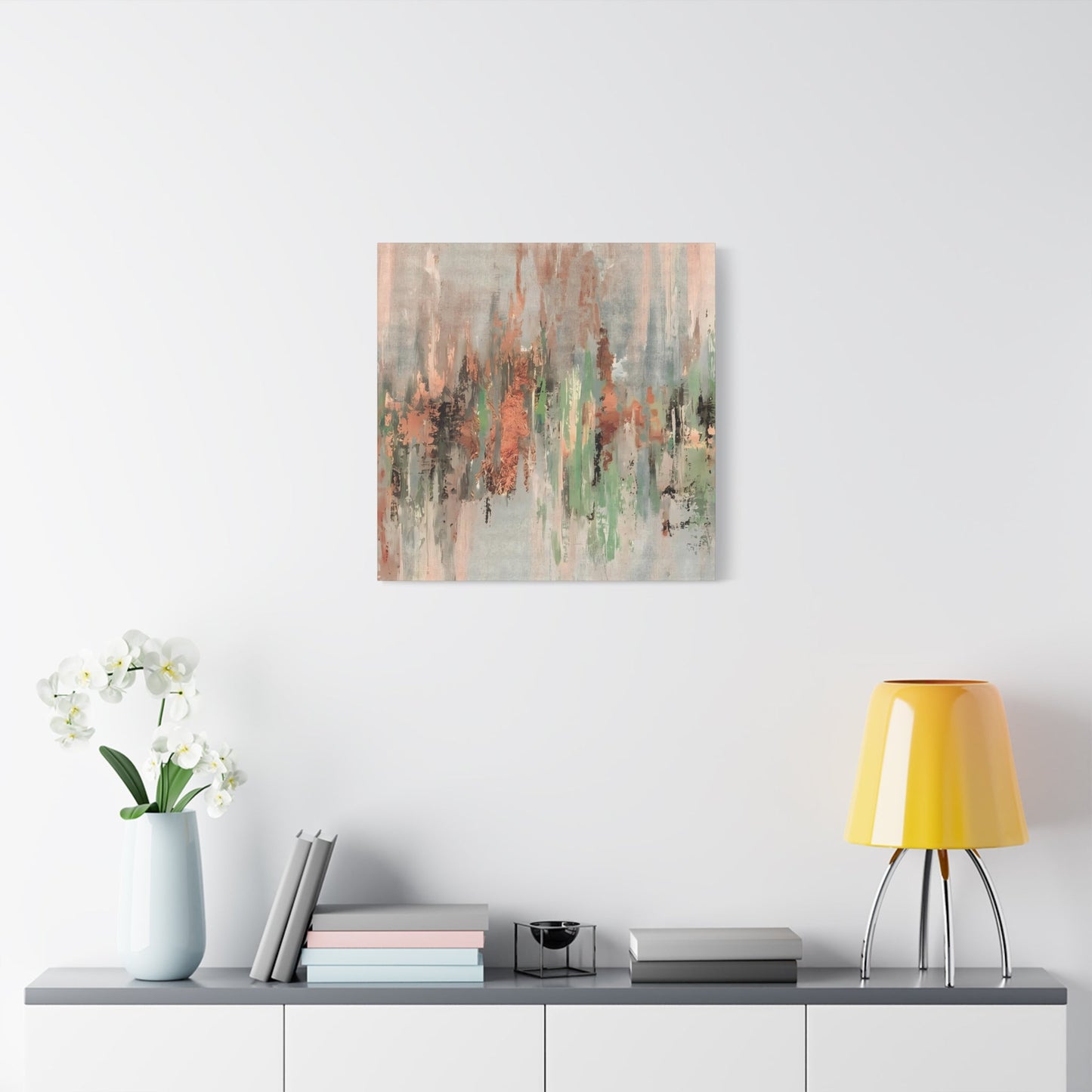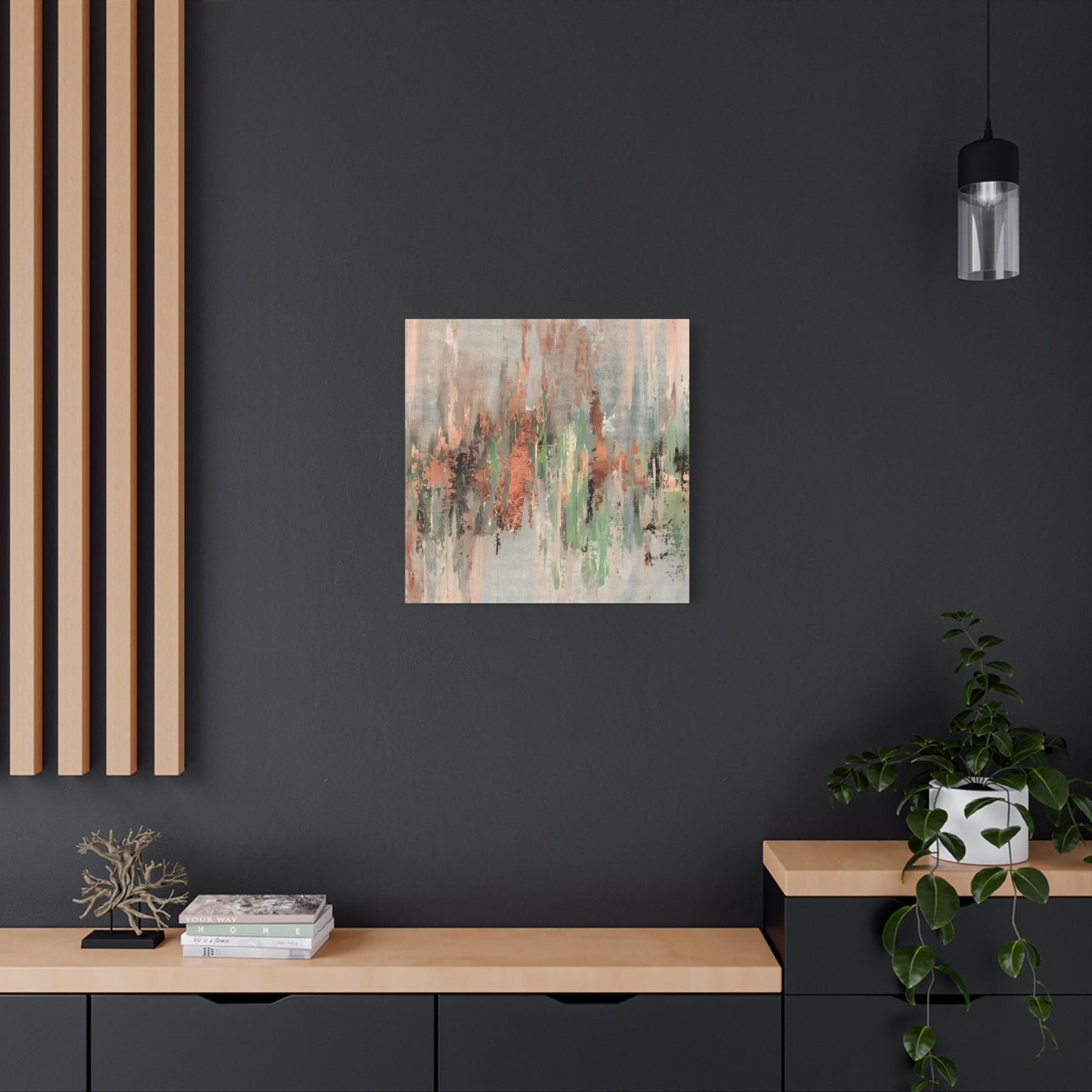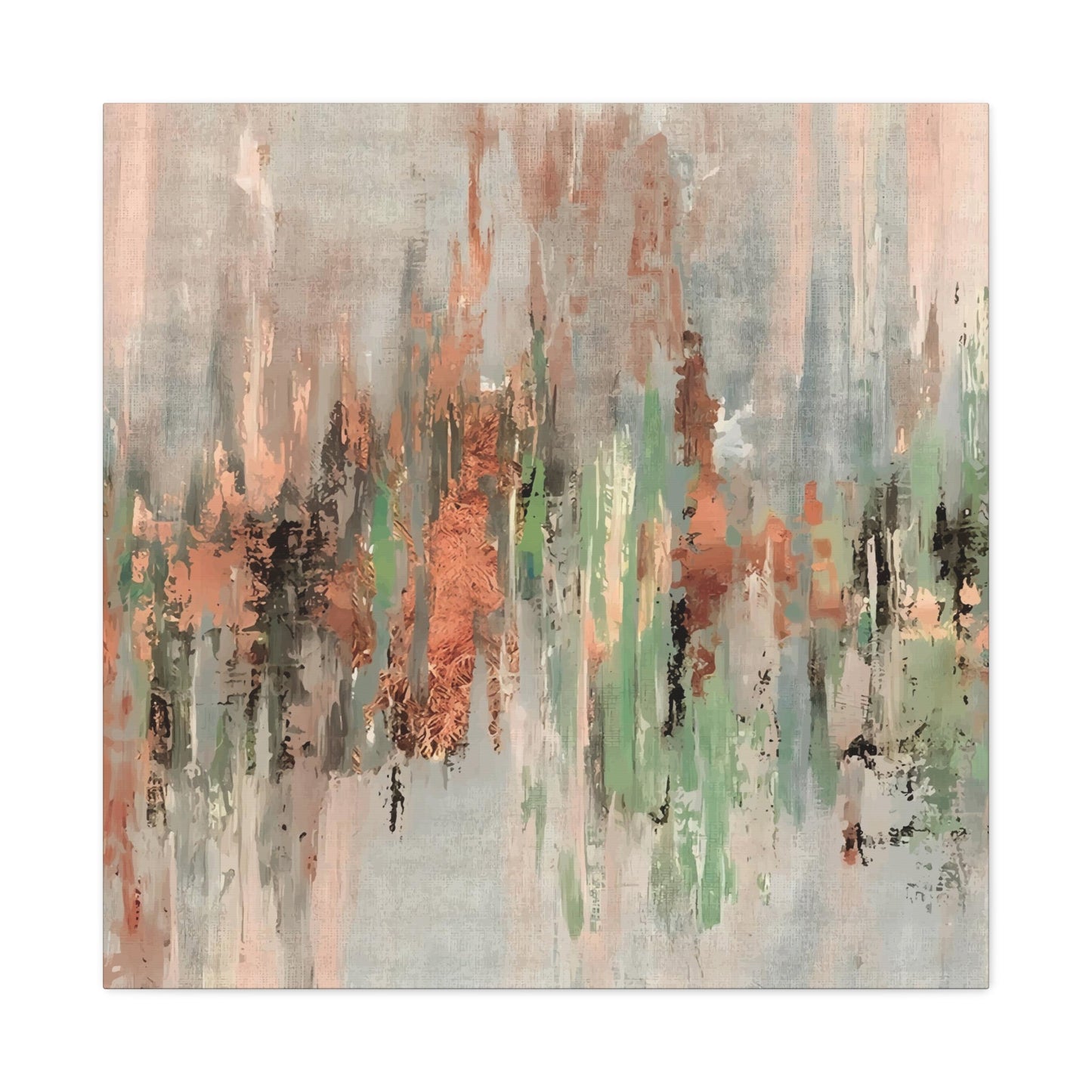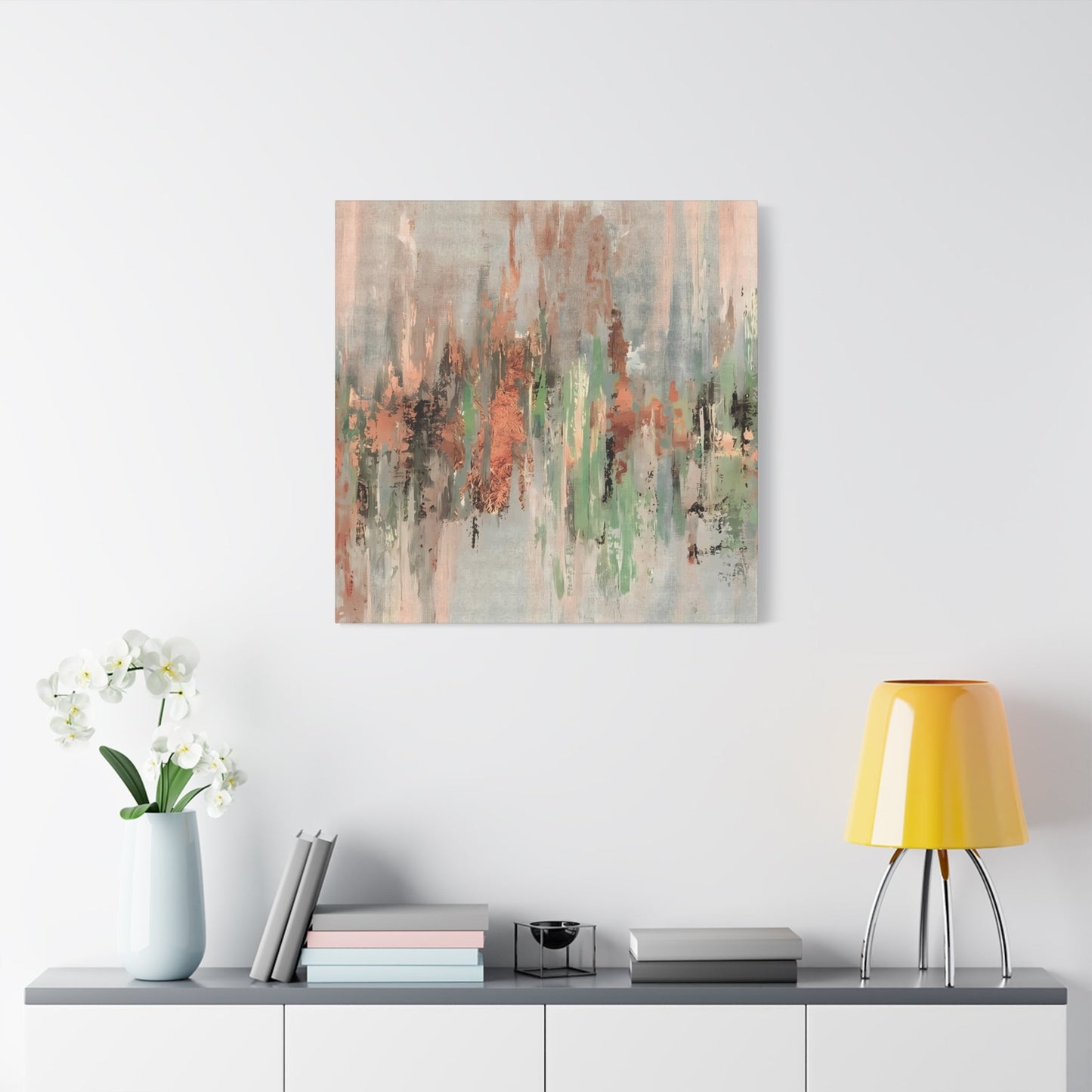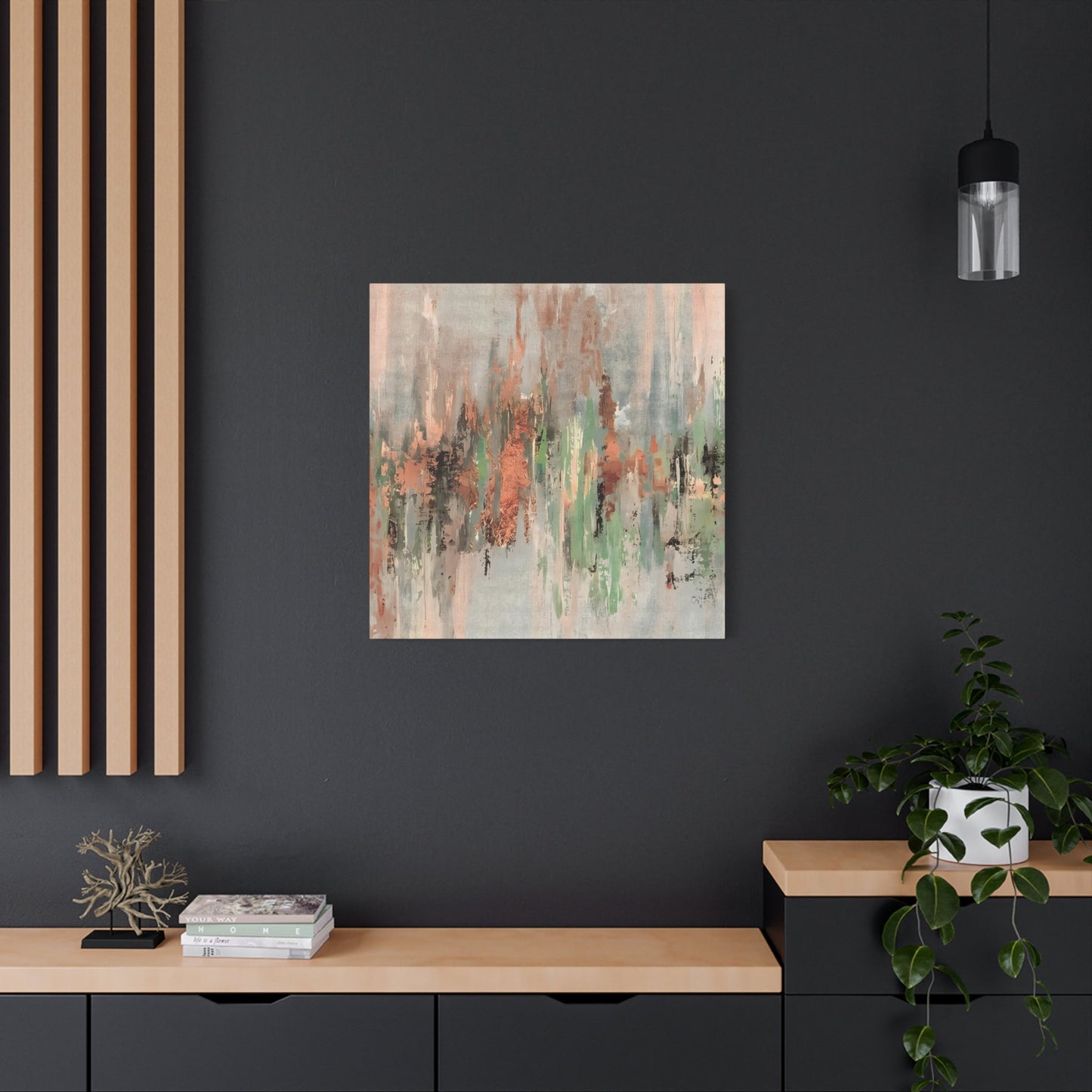Abstract Painting Wall Art & Canvas Prints: Transform Your Space with Color and Creativity
Creating stunning visual displays with abstract art on canvas has become one of the most popular ways to transform interior spaces. Abstract painting wall art allows homeowners and designers to break away from traditional décor, introducing vibrant colors, dynamic shapes, and expressive textures that capture attention and spark conversation. Each abstract piece carries its own energy, inviting viewers to interpret its meaning and connect with it on a personal level, making it both a decorative and emotionally engaging element.
When selecting abstract canvas prints, it is essential to consider the mood and atmosphere you wish to create in your space. Bold, vivid colors and large-scale designs can energize living rooms, dining areas, and creative workspaces, while softer, muted tones and minimalist compositions foster calmness and relaxation in bedrooms, offices, or meditation corners. Canvas prints offer versatility in size and format, from single statement pieces that dominate a wall to multi-panel arrangements that add depth and dimension, giving you the flexibility to craft a space tailored to your needs.
Placement is equally important in maximizing the impact of abstract wall art. Large canvases positioned above sofas, beds, or sideboards become natural focal points, while smaller prints can be grouped into gallery walls to create cohesive visual narratives. Mixing textures, finishes, and orientations allows you to inject personality into your interior design, ensuring the artwork resonates with the overall décor style.
Beyond aesthetics, abstract painting wall art serves as a form of self-expression. It reflects your tastes, evokes emotions, and transforms ordinary walls into immersive visual experiences. By thoughtfully selecting, displaying, and appreciating abstract canvas prints, you can elevate the ambiance of your home, create a dynamic and inspiring environment, and showcase your personal creative vision with style and sophistication.
Understanding the Fundamentals of Abstract Canvas Art
Abstract canvas art represents a departure from traditional representational painting, focusing instead on the power of color, form, texture, and composition to convey emotion and meaning. This artistic movement emerged in the early twentieth century as artists began exploring ways to express ideas and feelings without relying on realistic depictions of the physical world.
The beauty of abstract canvas art lies in its ability to speak directly to viewers on an emotional level. Unlike representational art that depicts recognizable subjects, abstract pieces invite personal interpretation and create unique connections with each observer. This quality makes abstract canvas prints particularly valuable for home decoration, as they can complement various design schemes while maintaining their individual character and appeal.
When selecting abstract canvas art for your home, consider how different elements work together to create visual harmony. The interplay between colors can establish mood and atmosphere, while geometric shapes and organic forms contribute to the overall energy of a space. Bold brushstrokes might suggest movement and dynamism, while subtle gradations create calm and contemplative environments.
The versatility of abstract canvas art extends beyond its visual impact to its practical applications in interior design. These pieces can serve as focal points in minimalist spaces, add warmth to contemporary settings, or provide sophisticated accents in traditional rooms. The key lies in understanding how different abstract styles align with your existing decor and personal preferences.
Contemporary abstract canvas art continues to evolve, incorporating new materials, processes, and conceptual approaches. Digital art has opened new possibilities for abstract expression, while traditional painting maintains its appeal for those seeking authentic artistic craftsmanship. This diversity ensures that abstract canvas art remains relevant and accessible to collectors and decorators with varying tastes and budgets.
Historical Context and Evolution of Abstract Expression
The development of abstract art represents one of the most significant shifts in artistic expression throughout history. This revolutionary movement challenged centuries of artistic convention, establishing new paradigms for creative expression that continue to influence contemporary artists and interior designers today.
Early pioneers of abstract expression emerged from various cultural and artistic backgrounds, each contributing unique perspectives to this developing movement. These artists rejected the notion that art must imitate reality, instead embracing the potential for color, line, and form to convey complex emotions and ideas without reference to the physical world.
The evolution of abstract art can be traced through several distinct phases, each characterized by different approaches to composition, color theory, and artistic philosophy. Early abstract works often retained subtle references to natural forms, gradually becoming more purely non-representational as artists gained confidence in their new visual language.
Geometric abstraction emerged as one significant branch of this movement, emphasizing precise forms, mathematical relationships, and systematic approaches to composition. This style particularly appeals to those who appreciate order, structure, and architectural elements in their interior design choices.
Expressionist abstraction took a different direction, prioritizing emotional content and spontaneous gesture over systematic composition. These works often feature bold colors, dynamic brushwork, and organic forms that suggest natural phenomena or psychological states. Such pieces work exceptionally well in spaces designed to stimulate conversation and creative thinking.
The influence of abstract art extended beyond painting to encompass sculpture, printmaking, and eventually digital media. This expansion has created numerous opportunities for homeowners to incorporate abstract elements into their living spaces through various media and formats, from traditional canvas prints to contemporary mixed-media installations.
Color Theory and Its Role in Abstract Canvas Selection
Understanding color theory provides essential insight for selecting abstract canvas art that will enhance your interior design while creating the desired emotional atmosphere. Color relationships form the foundation of successful abstract compositions, influencing both the visual impact and psychological effects of artistic pieces.
Primary colors serve as the building blocks for all other hues, offering bold and direct visual statements in abstract compositions. Red, blue, and yellow each carry distinct emotional associations that can dramatically influence the mood of a room. Red suggests energy, passion, and warmth, making it ideal for social spaces like dining rooms or living areas where you want to encourage interaction and engagement.
Secondary colors result from combining primary hues, creating more complex visual relationships and subtle emotional responses. Orange combines the energy of red with the optimism of yellow, while green merges blue's calm with yellow's vitality. Purple blends red's passion with blue's tranquility, often suggesting luxury and sophistication in interior design contexts.
Complementary color schemes utilize colors opposite each other on the color wheel, creating high-contrast combinations that generate visual excitement and energy. These dramatic pairings work particularly well in contemporary spaces where bold statements align with overall design goals. However, complementary schemes require careful balance to avoid overwhelming smaller spaces or competing with existing furnishings.
Analogous color schemes employ colors adjacent to each other on the color wheel, creating harmonious and soothing visual experiences. These combinations work exceptionally well in bedrooms, offices, or other spaces where calm and concentration are priorities. Analogous schemes also integrate more easily with existing decor, making them excellent choices for those new to collecting abstract art.
Monochromatic color schemes explore variations of a single hue, creating sophisticated and unified visual experiences. These approaches allow for subtle complexity while maintaining overall harmony, making them versatile choices for various interior design styles. Monochromatic abstract pieces can serve as elegant focal points without overwhelming other design elements in a room.
Composition and Visual Balance in Abstract Canvas Art
Successful abstract canvas art depends heavily on compositional principles that guide the arrangement of visual elements within the picture plane. Understanding these principles helps viewers appreciate the sophistication behind seemingly simple abstract works while informing better selection decisions for home decoration.
Visual weight distribution plays a crucial role in creating balanced compositions that feel stable and satisfying to viewers. Artists achieve balance through careful placement of colors, shapes, and textures, ensuring that no single area of the composition dominates others unless intentionally designed as a focal point.
Symmetrical balance creates formal, stable compositions that suggest order and tranquility. These works often appeal to those who prefer traditional interior design approaches or spaces that prioritize calm and contemplation. Symmetrical abstract pieces work particularly well in formal living rooms, bedrooms, or professional office environments.
Asymmetrical balance relies on the visual weight of different elements rather than mirror-image arrangements. This approach creates more dynamic and engaging compositions that can energize spaces and stimulate visual interest. Asymmetrical abstract art pairs well with contemporary furniture and architectural elements that embrace irregular forms and unexpected proportions.
Radial balance organizes compositional elements around a central point, creating circular or spiral movements that draw viewers' attention inward. These compositions often suggest natural phenomena like flowers, celestial bodies, or organic growth patterns. Radial balance works exceptionally well in spaces with circular or curved architectural elements.
Movement and rhythm in abstract compositions guide viewers' eyes through the picture plane, creating visual narratives without representational content. Artists achieve movement through repetition of shapes, colors, or lines, establishing patterns that suggest motion, music, or dance. These dynamic qualities can bring energy to static interior spaces.
Scale and Proportion Considerations for Canvas Art
The physical dimensions of abstract canvas art significantly impact both its visual presence and its effectiveness within interior design schemes. Understanding how scale and proportion affect perception helps ensure that selected pieces enhance rather than overwhelm or underwhelm their intended spaces.
Large-scale abstract canvas pieces command attention and can serve as dramatic focal points in spacious rooms. These substantial works create immediate visual impact and can anchor furniture arrangements while establishing overall design themes. However, large pieces require adequate viewing distance and appropriate wall space to be fully appreciated.
Medium-sized canvas prints offer versatility for most residential applications, providing significant visual interest without dominating their surroundings. These pieces work well individually or as components of larger gallery wall arrangements, allowing for flexible display options as interior design needs evolve over time.
Small abstract canvas prints excel in intimate spaces or as components of complex wall arrangements. These pieces can fill gaps in existing gallery walls, provide subtle color accents, or create rhythmic repetitions that unify diverse design elements. Small prints also offer affordable entry points for beginning art collectors.
Proportion relationships between canvas art and surrounding elements significantly influence overall design success. The golden ratio and other mathematical proportions can guide placement decisions, ensuring that selected pieces harmonize with architectural features, furniture dimensions, and other decorative elements.
Grouping multiple canvas prints requires careful attention to proportional relationships between individual pieces and the overall arrangement. Successful groupings often incorporate varied sizes while maintaining visual unity through shared colors, themes, or compositional approaches. These complex arrangements can transform blank walls into sophisticated design focal points.
Creating Gallery Wall Arrangements with Abstract Canvas Art
Gallery walls offer sophisticated methods for displaying multiple abstract canvas prints while creating unified design statements that reflect personal taste and artistic appreciation. Successfully executing gallery wall arrangements requires careful planning, consistent vision, and attention to both individual pieces and overall composition.
Planning gallery wall layouts begins with establishing clear design goals and understanding the intended space's dimensions, lighting conditions, and existing decor elements. Measuring wall space accurately and creating scaled templates helps visualize different arrangement possibilities before committing to specific placements.
Unified themes help gallery wall arrangements feel cohesive despite incorporating multiple individual pieces. Thematic unity might emerge from shared color palettes, similar compositional approaches, consistent artistic periods, or complementary emotional qualities. However, successful gallery walls often incorporate enough variety to maintain visual interest and prevent monotony.
Spacing considerations significantly impact gallery wall effectiveness. Consistent spacing between pieces creates formal, organized appearances that complement traditional interior design approaches. Varied spacing can suggest more casual, organic arrangements that align with contemporary or eclectic design philosophies.
Frame selection influences gallery wall cohesion and overall aesthetic impact. Matching frames create unified appearances that emphasize shared themes and artistic relationships. Mixed frame styles can add visual complexity and personal character, but require careful coordination to avoid chaotic or disorganized appearances.
Installation methods for gallery walls require patience and precision to achieve professional results. Creating paper templates of each frame allows for experimenting with arrangements before making permanent holes in walls. Starting with central or anchor pieces and working outward helps establish balanced compositions.
Lighting Strategies for Abstract Canvas Display
Proper lighting plays a crucial role in showcasing abstract canvas art effectively, revealing subtle color relationships, textural details, and compositional nuances that contribute to each piece's overall impact. Understanding various lighting approaches helps maximize the visual appeal and longevity of canvas art investments.
Natural lighting provides the most accurate color reproduction for abstract canvas art, revealing the full spectrum of hues and subtle tonal variations that artificial lighting might obscure. However, direct sunlight can damage canvas materials and fade pigments over time, requiring careful consideration of placement and protection strategies.
Artificial lighting systems offer greater control over intensity, direction, and color temperature, allowing for customized illumination that enhances specific aspects of abstract compositions. Track lighting, picture lights, and recessed spotlights each offer distinct advantages for different display situations and artistic requirements.
Color temperature significantly influences how abstract canvas art appears to viewers. Warm lighting emphasizes reds, oranges, and yellows while potentially muting cooler colors. Cool lighting enhances blues, greens, and purples while potentially diminishing warmer tones. Full-spectrum lighting provides the most neutral color reproduction.
Avoiding glare and reflections requires careful attention to lighting angles and intensity levels. Angled lighting that strikes canvas surfaces at approximately thirty degrees minimizes reflections while providing even illumination across the entire picture plane. Dimmer controls allow for adjusting intensity levels based on ambient conditions and desired moods.
LED lighting systems offer energy efficiency, longevity, and precise color control that make them increasingly popular for art display. These systems generate minimal heat, reducing potential damage to canvas materials while providing consistent illumination over extended periods.
Room-Specific Considerations for Abstract Canvas Placement
Different rooms present unique opportunities and challenges for displaying abstract canvas art effectively. Understanding how various spaces function and considering their specific design requirements helps ensure that selected pieces enhance rather than compete with intended room uses.
Living room spaces often serve as primary display areas for significant abstract canvas pieces, offering large wall spaces, diverse viewing angles, and opportunities for creating focal points that anchor furniture arrangements. These social spaces benefit from abstract art that encourages conversation and reflects the personality of inhabitants.
Bedroom environments call for abstract canvas art that promotes relaxation and personal reflection. Softer color palettes, gentle compositions, and smaller scale pieces often work best in these intimate spaces where calm and tranquility are priorities. However, bold abstract pieces can energize bedrooms designed for more dynamic lifestyles.
Kitchen and dining areas provide opportunities for abstract canvas art that complements food preparation and social dining experiences. These spaces often benefit from cheerful colors, energetic compositions, and durable materials that withstand humidity and cooking-related environmental conditions.
Home office spaces require abstract canvas art that supports concentration and creativity without causing distraction. Balanced compositions, moderate color intensity, and personally meaningful pieces often work best in professional environments where productivity and focus are essential.
Bathroom spaces present unique challenges due to high humidity levels and limited wall space. Abstract canvas prints designed for bathroom use must incorporate moisture-resistant materials and mounting systems while contributing to the overall design aesthetic of these functional spaces.
Hallway and stairway areas offer opportunities for creating visual continuity throughout homes while displaying abstract canvas art that might overwhelm smaller rooms. Long, narrow pieces or series of related prints work particularly well in these transitional spaces.
Material Quality and Durability in Canvas Art
The physical quality of canvas materials significantly impacts both the visual appeal and longevity of abstract art prints, making material selection a crucial consideration for anyone investing in canvas art for home decoration. Understanding different material options helps ensure that selected pieces maintain their beauty and integrity over time.
Canvas substrates vary significantly in terms of texture, durability, and visual characteristics. Traditional cotton canvas offers natural texture and archival stability that appeals to those seeking authentic artistic materials. Synthetic canvas alternatives provide enhanced durability and moisture resistance while maintaining excellent print quality.
Printing processes significantly influence color accuracy, detail resolution, and long-term stability of abstract canvas art. Giclée printing using archival inks provides museum-quality results with exceptional color reproduction and fade resistance. Digital printing advances continue to improve accessibility while maintaining high quality standards.
Stretcher frame construction affects canvas tension, dimensional stability, and overall presentation quality. Solid wood stretchers provide superior durability and allow for re-tensioning over time. Gallery wrap construction creates clean, professional appearances that eliminate the need for additional framing.
Protective coatings can enhance canvas durability while preserving color vibrancy and textural characteristics. UV-resistant coatings help prevent fading in bright environments, while moisture-resistant treatments protect against humidity damage in kitchens, bathrooms, or other challenging environments.
Storage and handling practices significantly impact canvas art longevity. Proper packaging, controlled environmental conditions, and gentle handling during installation help preserve investment value while maintaining optimal appearance over extended periods.
Budget-Friendly Approaches to Abstract Canvas Art Collection
Building meaningful abstract canvas art collections doesn't require unlimited budgets, but rather strategic planning, patience, and understanding of various market options. Smart collecting approaches can yield impressive results while staying within reasonable financial constraints.
Print reproductions offer affordable access to famous abstract masterpieces, allowing collectors to enjoy iconic works without museum-level investment requirements. High-quality reproductions can provide visual satisfaction and educational value while serving as stepping stones toward original art acquisition.
Emerging artist works represent opportunities to acquire original abstract pieces at accessible prices while supporting developing artistic careers. Online galleries, local art shows, and student exhibitions provide venues for discovering talented artists whose work may appreciate over time.
Limited edition prints combine affordability with collectibility, offering signed and numbered pieces that maintain some exclusivity while remaining within moderate budget ranges. These pieces often feature established artists whose original works command higher prices.
Seasonal sales and promotional periods provide opportunities for acquiring higher-quality pieces at reduced prices. Many online retailers and galleries offer significant discounts during holiday periods, end-of-season clearances, or special promotional events.
DIY framing and installation can significantly reduce overall costs while providing satisfaction of personal involvement in the artistic process. Learning basic framing and hanging skills allows collectors to allocate more budget toward artwork itself rather than ancillary services.
Gradual collection building allows for spreading costs over time while developing refined tastes and preferences. Starting with smaller pieces or fewer selections provides opportunities for learning about personal preferences before making larger investments.
Digital vs Traditional Abstract Canvas Art
The contemporary art world encompasses both traditional painting methods and digital creation processes, each offering distinct advantages for different collecting goals and aesthetic preferences. Understanding these differences helps inform selection decisions while appreciating the unique qualities of each approach.
Traditional abstract painting maintains direct connections to historical artistic traditions while preserving the unique character of individual artistic expression. Brushstrokes, paint texture, and subtle color variations create authenticity that many collectors find irreplaceable and emotionally satisfying.
Digital abstract art offers precision, reproducibility, and access to techniques impossible with traditional materials. Digital artists can achieve effects, color combinations, and compositional approaches that expand creative possibilities while maintaining affordability for collectors seeking contemporary expressions.
Hybrid approaches combine digital design with traditional printing methods, creating pieces that bridge both worlds while offering unique aesthetic characteristics. These works often feature digital precision in composition with traditional textural qualities in final presentation.
Authentication and provenance considerations differ between traditional and digital works, affecting both immediate satisfaction and long-term investment potential. Traditional pieces often include documentation of artistic process and materials, while digital works may emphasize technical specifications and edition limitations.
Environmental considerations increasingly influence collecting decisions as awareness of sustainable practices grows. Digital art production can reduce material waste and environmental impact compared to traditional painting processes, appealing to environmentally conscious collectors.
Market acceptance and appreciation vary between traditional and digital abstract art, with different audiences preferring different approaches. Understanding target aesthetics and personal preferences helps guide decisions between these expanding options.
Custom Abstract Canvas Art Commissioning
Commissioning custom abstract canvas art provides opportunities for acquiring unique pieces that precisely match specific design requirements, personal preferences, and interior spaces. Understanding the commissioning process helps ensure successful collaborations between collectors and artists.
Artist selection requires research into artistic styles, previous work quality, and professional reliability. Reviewing portfolios, checking references, and understanding artistic approaches helps identify artists capable of delivering desired results within specified timeframes and budgets.
Project scope definition establishes clear expectations for size, color palette, compositional approach, and delivery requirements. Detailed discussions help prevent misunderstandings while ensuring that final pieces meet intended design goals and personal satisfaction requirements.
Timeline planning accounts for artistic creation processes, revision possibilities, and installation requirements. Custom art creation typically requires more time than purchasing existing pieces, requiring patience and flexibility from commissioners while maintaining reasonable completion expectations.
Budget considerations for commissioned work include artist fees, material costs, and potential revision expenses. Understanding total project costs upfront helps prevent budget overruns while ensuring that selected artists receive fair compensation for their creative efforts.
Communication protocols throughout commissioning processes help maintain project momentum while allowing for necessary adjustments and refinements. Regular updates, progress reviews, and feedback opportunities ensure satisfactory outcomes for both commissioners and artists.
Abstract Canvas Art in Commercial Spaces
Commercial environments present unique opportunities for displaying abstract canvas art while considering factors such as durability, maintenance requirements, and broad audience appeal. Understanding commercial applications helps expand appreciation for abstract art's versatility and impact.
Office environments benefit from abstract canvas art that supports productivity while creating visually appealing work spaces. Balanced compositions, moderate color intensity, and professional presentation contribute to positive work atmospheres without causing distraction or visual fatigue.
Retail spaces can utilize abstract canvas art to reinforce brand identity, create memorable customer experiences, and differentiate from competitors. Bold compositions and distinctive color schemes help establish unique visual environments that support marketing goals and customer engagement.
Healthcare facilities require abstract canvas art that promotes calm and healing while meeting strict hygiene and safety requirements. Gentle compositions, soothing colors, and easy-to-clean materials contribute to therapeutic environments that support patient well-being and recovery.
Hospitality venues use abstract canvas art to create distinctive atmospheres that enhance guest experiences while reflecting brand personality. These environments often require durable materials and professional installation methods that withstand heavy use and frequent cleaning.
Educational institutions can incorporate abstract canvas art that stimulates creativity and learning while providing visual interest throughout campus facilities. These installations often emphasize cultural diversity, historical significance, and educational value alongside aesthetic appeal.
Maintenance and Care for Abstract Canvas Art
Proper maintenance practices significantly extend the lifespan and preserve the visual quality of abstract canvas art, protecting investment value while ensuring continued enjoyment. Understanding care requirements helps prevent damage while maintaining optimal appearance.
Regular dusting using soft brushes or lint-free cloths removes surface accumulation that can dull colors and obscure details. Gentle cleaning motions and appropriate materials help preserve canvas texture and printing integrity without causing damage or wear.
Environmental control protects canvas art from humidity fluctuations, temperature extremes, and direct sunlight that can cause fading, warping, or other deterioration. Maintaining stable conditions helps preserve both structural integrity and color vibrancy over extended periods.
Professional cleaning services provide expertise for addressing serious soiling, stains, or damage that exceed typical maintenance capabilities. These specialists understand appropriate materials and methods for different canvas types and printing processes.
Inspection routines help identify potential problems before they become serious damage requiring expensive restoration. Regular examination of canvas tension, frame integrity, and surface condition allows for prompt attention to emerging issues.
Insurance considerations protect against loss, theft, or damage that might affect valuable canvas art collections. Proper documentation, professional appraisals, and appropriate coverage levels help preserve financial investment while providing peace of mind.
Abstract Canvas Art as Investment
While aesthetic enjoyment remains the primary motivation for most canvas art purchases, understanding investment potential helps inform collecting decisions while building collections that maintain or appreciate in value over time. Market knowledge contributes to both immediate satisfaction and long-term financial planning.
Artist reputation and career trajectory significantly influence artwork investment potential. Established artists with growing recognition, museum representation, and critical acclaim typically offer better investment prospects than unknown creators, though emerging talent can provide exceptional returns for astute collectors.
Market trends affect both immediate resale potential and long-term value appreciation for abstract canvas art. Understanding current collector preferences, gallery representation, and auction results helps inform purchase decisions while identifying undervalued opportunities.
Authentication and provenance documentation becomes crucial for investment-quality pieces, affecting both immediate credibility and future resale potential. Proper documentation includes certificates of authenticity, artist signatures, and detailed provenance records that establish legitimacy and ownership history.
Condition preservation directly impacts investment value, making proper care and maintenance essential for protecting financial interests. Professional storage, appropriate display conditions, and prompt attention to any damage help maintain market value while preserving aesthetic appeal.
Diversification strategies help balance investment risk while building collections that provide both personal satisfaction and financial security. Combining established artists with emerging talent, various styles and periods, and different price ranges creates balanced portfolios that can weather market fluctuations.
Cultural Impact and Social Significance of Abstract Art
Abstract art continues to influence contemporary culture beyond its immediate aesthetic impact, shaping design trends, cultural conversations, and social movements that extend far beyond traditional art world boundaries. Understanding these broader implications enriches appreciation while connecting personal collecting to larger cultural movements.
Cultural diversity within abstract art traditions reflects global perspectives and experiences that challenge Western-centric art historical narratives. Artists from various cultural backgrounds bring unique approaches to abstraction that expand understanding of artistic possibility while celebrating cultural richness.
Social commentary through abstract expression allows artists to address complex issues without literal representation, creating works that invite personal interpretation while addressing universal human experiences. These pieces often generate meaningful conversations about contemporary issues and historical events.
Educational value of abstract art extends beyond aesthetic appreciation to include lessons about creativity, interpretation, and visual literacy. Exposure to abstract works develops critical thinking skills while encouraging personal expression and creative problem-solving.
Therapeutic applications of abstract art include art therapy, meditation practices, and stress reduction programs that utilize visual abstraction for healing and personal growth. These applications demonstrate art's power to influence mental and emotional well-being beyond purely aesthetic considerations.
Community building around abstract art includes collector groups, artist societies, and educational programs that bring people together through shared artistic interests. These communities provide support, education, and social connections that enrich individual collecting experiences.
Seasonal and Temporary Display Strategies
Rotating abstract canvas art displays provides opportunities for enjoying larger collections while maintaining fresh visual environments that reflect changing seasons, moods, or life circumstances. Strategic rotation approaches maximize enjoyment while protecting stored pieces.
Seasonal themes can guide rotation schedules, incorporating warmer colors and energetic compositions during spring and summer months while featuring cooler tones and contemplative pieces during fall and winter periods. These changes help maintain visual interest while reflecting natural cycles.
Storage solutions for rotated pieces require proper materials and conditions that preserve artwork integrity during periods of non-display. Acid-free materials, controlled environments, and careful handling protocols help maintain piece quality during storage periods.
Installation systems that facilitate easy changes encourage regular rotation while protecting walls and artwork from damage. Professional hanging systems, picture rails, and modular mounting approaches support frequent changes without permanent wall modifications.
Documentation systems help track rotation schedules, storage locations, and condition assessments for collections that include multiple pieces. Proper record-keeping ensures that all pieces receive appropriate attention while maintaining organized collection management.
Special occasion displays provide opportunities for featuring specific pieces during holidays, celebrations, or meaningful life events. These temporary installations can create memorable experiences while highlighting particular collection highlights.
Integration with Smart Home Systems
Contemporary home automation systems increasingly accommodate abstract canvas art through digital displays, automated lighting controls, and environmental management systems that enhance artwork presentation while simplifying maintenance requirements.
Digital display systems allow for rotating digital abstract art collections while maintaining traditional canvas aesthetics through high-resolution screens and appropriate framing. These systems provide access to vast digital collections while maintaining physical presence in interior spaces.
Automated lighting controls can optimize illumination for abstract canvas art throughout daily cycles, adjusting color temperature and intensity based on natural light conditions, room usage, and desired ambiance. These systems help preserve artwork while enhancing visual impact.
Environmental monitoring systems track temperature, humidity, and air quality conditions that affect canvas art preservation. Automated alerts and adjustments help maintain optimal conditions while preventing damage from environmental fluctuations.
Security integration protects valuable canvas art through monitoring systems, alarm networks, and access controls that provide peace of mind while maintaining accessibility for daily enjoyment. These systems particularly benefit collectors with significant investment in their collections.
Integration planning requires understanding both technological capabilities and artistic display requirements to create systems that enhance rather than compete with artwork presentation. Thoughtful implementation preserves aesthetic integrity while adding functional benefits.
Future Trends in Abstract Canvas Art
Emerging trends in abstract canvas art reflect broader cultural, technological, and aesthetic developments that influence both artistic creation and collecting practices. Understanding these trends helps inform current decisions while anticipating future opportunities and challenges.
Sustainability considerations increasingly influence artistic materials, production methods, and collecting practices as environmental awareness grows throughout society. Eco-friendly canvases, non-toxic inks, and sustainable framing materials appeal to environmentally conscious collectors while supporting responsible artistic practices.
Technology integration continues expanding possibilities for abstract art creation, presentation, and interaction. Augmented reality, interactive displays, and smart materials create new categories of abstract art that blur boundaries between traditional and digital media.
Globalization influences abstract art through increased cultural exchange, diverse artistic perspectives, and expanding market access. Collectors gain access to international artists while artists reach global audiences, creating more diverse and inclusive abstract art communities.
Personalization trends support custom creation, bespoke installation, and individualized collecting approaches that reflect unique preferences and specific design requirements. Technology enables mass customization while maintaining artistic quality and affordable pricing.
Market democratization through online platforms, direct artist sales, and alternative financing methods makes abstract canvas art more accessible to broader audiences. These changes expand collecting opportunities while supporting artistic careers and cultural participation.
Professional Services and Expert Consultation
Professional services enhance abstract canvas art collecting experiences through expert knowledge, specialized skills, and industry connections that help collectors make informed decisions while achieving optimal results from their investments.
Art consultants provide expertise in artist selection, market evaluation, and collection development that helps collectors navigate complex artistic landscapes while building coherent and valuable collections. These professionals offer objective advice based on extensive market knowledge and artistic training.
Installation specialists ensure proper mounting, positioning, and presentation of abstract canvas art while protecting both artwork and interior surfaces. Professional installation prevents damage while achieving optimal visual impact through precise placement and appropriate hardware.
Conservation services address preservation requirements, damage repair, and restoration needs that extend artwork lifespan while maintaining aesthetic and investment value. These specialists understand appropriate materials and methods for different canvas types and artistic processes.
Insurance specialists help protect canvas art investments through appropriate coverage levels, proper documentation, and risk management strategies. Specialized art insurance provides protection against loss, theft, and damage while considering unique aspects of art collecting.
Appraisal services provide professional valuation for insurance, estate planning, and resale purposes. Qualified appraisers understand market conditions, artist recognition, and condition factors that influence artwork value in various contexts.
Building Personal Style Through Abstract Canvas Art
Developing distinctive aesthetic preferences and building cohesive collections requires patience, experimentation, and self-reflection that helps collectors understand their personal responses to different artistic approaches and styles.
Personal preference exploration involves exposure to diverse abstract art styles, careful attention to emotional responses, and honest evaluation of individual aesthetic reactions. Understanding personal tastes helps guide collecting decisions while building satisfying and meaningful collections.
Style evolution recognition acknowledges that personal preferences often change over time as collectors gain experience, encounter new artists, and face changing life circumstances. Flexibility in collecting approaches allows for growth while maintaining collection coherence.
Collection cohesion strategies help unify diverse pieces through shared elements such as color relationships, compositional approaches, or thematic connections. These unifying factors create visual harmony while allowing for individual piece distinctiveness.
Risk-taking encouragement supports occasional purchases outside established comfort zones that can lead to unexpected discoveries and personal growth. Calculated risks in collecting can reveal new preferences while adding excitement to the collection process.
Documentation practices help track personal responses, purchase decisions, and collection development over time. These records provide insights into preference evolution while supporting more informed future decisions.
Conclusion
Abstract art on canvas represents one of the most versatile and rewarding approaches to home decoration, offering endless possibilities for personal expression, aesthetic enhancement, and cultural engagement. This comprehensive exploration has revealed the depth and complexity available to those who choose to incorporate abstract canvas art into their living spaces.
The journey of selecting and displaying abstract canvas art extends far beyond simple decoration to encompass personal growth, cultural participation, and creative expression. Whether choosing single statement pieces or building extensive collections, abstract canvas art provides opportunities for meaningful engagement with contemporary culture while creating environments that reflect individual personality and sophisticated taste.
Understanding the historical context of abstract art enriches appreciation while connecting personal collecting to broader artistic movements that continue shaping contemporary visual culture. The pioneering spirit of early abstract artists created foundations that support today's diverse expressions, providing collectors with rich traditions alongside innovative contemporary approaches.
Color theory, compositional principles, and material considerations form essential knowledge for making informed selections that maximize both immediate satisfaction and long-term value. These technical aspects need not intimidate beginning collectors but rather serve as guides for developing more refined aesthetic sensibilities and making choices that align with personal preferences and design goals.
The practical aspects of displaying abstract canvas art, from lighting considerations to room-specific requirements, significantly impact both visual effectiveness and artwork preservation. Attention to these details ensures that selected pieces achieve their full potential while maintaining their beauty and integrity over extended periods.
Budget considerations need not limit the enjoyment of abstract canvas art, as strategic approaches to collecting, smart shopping practices, and creative display solutions make sophisticated art accessible to collectors with various financial resources. The key lies in understanding available options while making informed decisions that balance aesthetic goals with practical constraints.
The expanding world of digital art and hybrid creation methods provides new opportunities for engaging with abstract expression while maintaining traditional aesthetic values. Understanding these evolving options helps collectors navigate contemporary markets while finding pieces that resonate with personal preferences and design requirements.
Professional services, from consultation to installation, can enhance collecting experiences while protecting investments and ensuring optimal presentation results. These resources provide access to specialized knowledge and skills that might otherwise require years to develop independently.
Building personal style through abstract canvas art collecting represents a journey of discovery that rewards patience, experimentation, and thoughtful consideration. The process of developing aesthetic preferences and building coherent collections provides ongoing satisfaction while creating environments that truly reflect individual character and sophisticated taste.
The investment potential of abstract canvas art, while secondary to aesthetic enjoyment for most collectors, adds an additional dimension that can enhance long-term satisfaction while building valuable collections. Understanding market dynamics and artist development helps inform decisions that serve both aesthetic and financial goals.
Cultural and social aspects of abstract art collecting connect individual choices to broader movements that celebrate creativity, diversity, and human expression. These connections enrich personal collecting experiences while supporting artistic communities and cultural institutions that preserve and promote artistic traditions.
Looking forward, emerging trends in abstract art creation, presentation, and collecting promise continued evolution and expansion of opportunities for those who choose to engage with this vibrant artistic tradition. Sustainability concerns, technology integration, and global cultural exchange will likely shape future developments while maintaining core aesthetic values that make abstract art timelessly appealing.
The therapeutic and educational benefits of engaging with abstract art extend beyond decoration to encompass personal growth, stress reduction, and creative inspiration. These additional dimensions add value that transcends purely aesthetic considerations while supporting overall well-being and life satisfaction.
Seasonal rotation strategies and flexible display approaches help maximize enjoyment of collections while maintaining fresh and engaging visual environments. These practices acknowledge that personal preferences and living situations evolve while preserving collection value and aesthetic impact.
Smart home integration represents emerging opportunities for enhancing abstract canvas art presentation while simplifying maintenance and protection requirements. These technological developments promise to make sophisticated art display more accessible while preserving traditional aesthetic values.
In conclusion, abstract art on canvas represents an accessible yet sophisticated approach to creating meaningful and beautiful living environments that reflect personal taste while participating in important cultural traditions. The guidance provided throughout this comprehensive exploration offers foundation knowledge for beginning this rewarding journey while supporting continued growth and refinement of aesthetic appreciation and collecting expertise.













